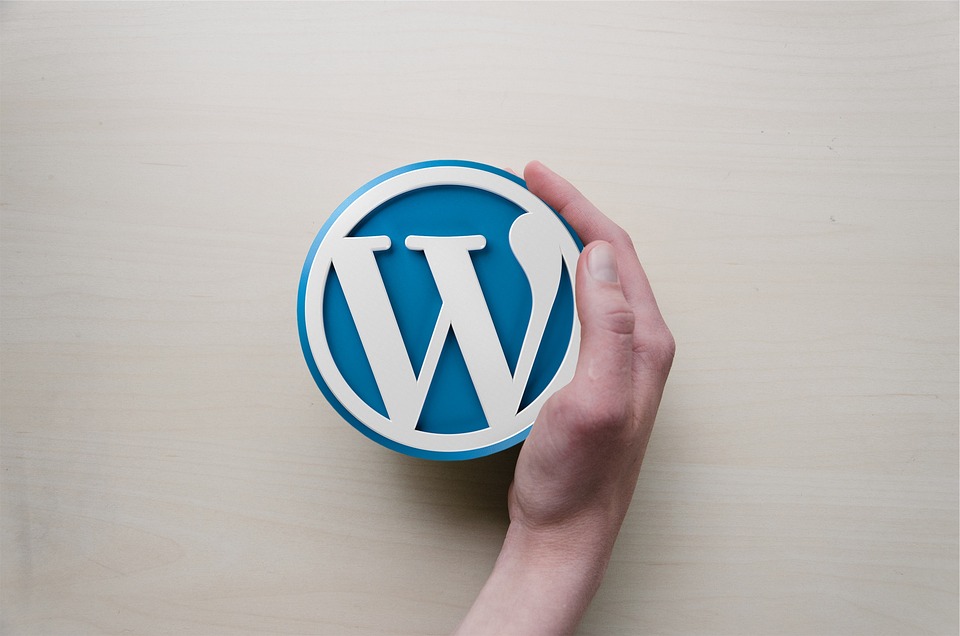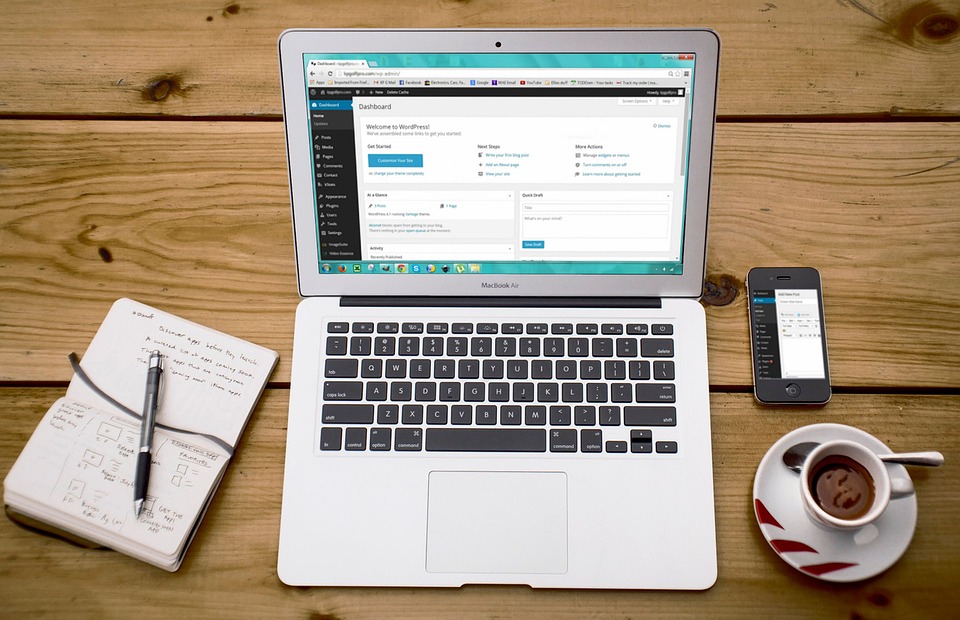WordPress is one of the most popular content management systems (CMS) in the world, powering over 40% of all websites. While its user-friendly interface and extensive plugin ecosystem make it accessible for beginners, it can sometimes lead to unexpected challenges. Debugging WordPress can be daunting, especially for those not well-versed in coding or technical troubleshooting. In this article, we will explore common errors that may arise in WordPress and provide practical solutions for fixing them.
1. White Screen of Death (WSOD)
Issue:
The infamous White Screen of Death is a blank screen with no error messages, rendering your website inaccessible.
Cause:
This error can be caused by various issues, including plugin conflicts, theme problems, or memory exhaustion.
Solution:
- Enable Debugging: Add the following lines to your
wp-config.phpfile to display errors:define('WP_DEBUG', true);
define('WP_DEBUG_LOG', true);
define('WP_DEBUG_DISPLAY', false); - Increase Memory Limit: In
wp-config.php, increase WordPress memory limit:define('WP_MEMORY_LIMIT', '256M'); - Deactivate Plugins/Themes: Access your site via FTP or your hosting file manager and rename the
pluginsorthemesfolder to disable them. Reactivate them one-by-one to identify the culprit.
2. Error Establishing a Database Connection
Issue:
This error message indicates that WordPress cannot connect to the database.
Cause:
Typically, this situation arises from incorrect database credentials in the wp-config.php file, the database server being down, or issues with the web host.
Solution:
- Check Credentials: Ensure your database name, username, password, and host are correct in
wp-config.php. - Repair Database: You can add this line to your
wp-config.phpfile to enable database repair:define('WP_ALLOW_REPAIR', true);Then navigate to
http://yourwebsite.com/wp-admin/maint/repair.phpto repair the database.
3. 404 Not Found Error
Issue:
When you attempt to access a page but receive a 404 error, it means the requested page wasn’t found.
Cause:
This can result from broken links or changes in permalink structure.
Solution:
- Reset Permalinks: Go to your WordPress dashboard, navigate to
Settings>Permalinks, and click theSave Changesbutton without altering anything. This refreshes the permalink structure. - Check .htaccess File: Ensure your
.htaccessfile is correctly configured for WordPress. A standard structure looks like this:# BEGIN WordPress
<IfModule mod_rewrite.c>
RewriteEngine On
RewriteBase /
RewriteRule ^index\.php$ - [L]
RewriteCond %{REQUEST_FILENAME} !-f
RewriteCond %{REQUEST_FILENAME} !-d
RewriteRule . /index.php [L]
</IfModule>
# END WordPress
4. 500 Internal Server Error
Issue:
This generic error message indicates that something has gone wrong on the server, but the server cannot be more specific about the issue.
Cause:
Common causes include faulty .htaccess files, plugin conflicts, or exceeding PHP memory limits.
Solution:
- Rename .htaccess: Rename your
.htaccessfile to.htaccess_oldand refresh your website. If it works, go toSettings>Permalinksand regenerate it. - Deactivate All Plugins: As with WSOD, deactivate all plugins to determine if one is causing the conflict.
- Check PHP Version: Ensure your website is running a supported version of PHP (7.4 or higher is recommended for WordPress).
5. Connection Timed Out
Issue:
This error occurs when your website takes too long to respond or load completely.
Cause:
It may result from heavy traffic, poorly coded plugins, or themes that take up excessive resources.
Solution:
- Increase PHP Timeout: You may increase timeout limits in your hosting control panel or by modifying the
php.inifile. - Optimize Web Hosting: Consider upgrading your hosting plan if you frequently experience this issue. Implement caching solutions or use a Content Delivery Network (CDN).
Conclusion
Debugging WordPress can be a challenging yet necessary part of maintaining your website. Knowing how to troubleshoot common errors can save you time and frustration. Utilizing WordPress’s built-in debugging tools, checking configuration files, and systematically deactivating themes and plugins will help you quickly identify and fix issues. Remember, keeping regular backups, updating themes/plugins, and ensuring a stable hosting environment are proactive measures to prevent many of these errors from occurring in the first place. When in doubt, don’t hesitate to consult WordPress support forums or reach out to a professional for help. Happy debugging!
Contact Us





